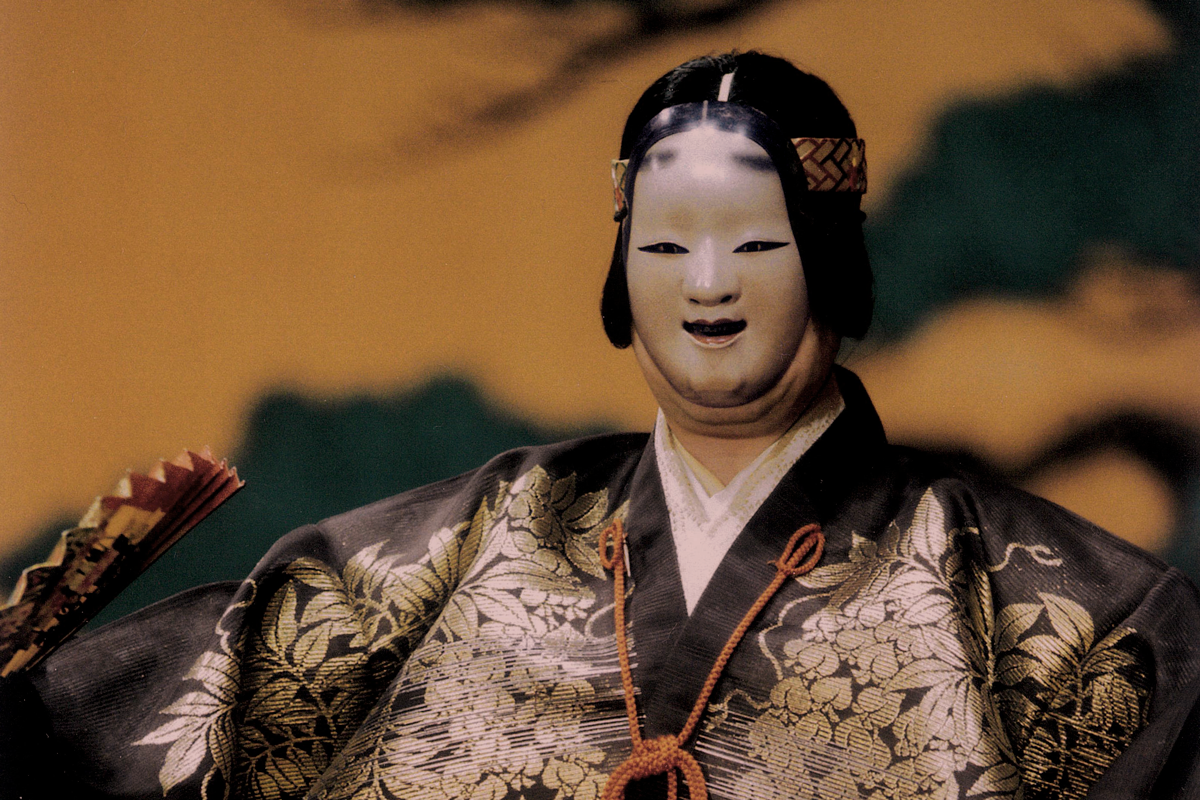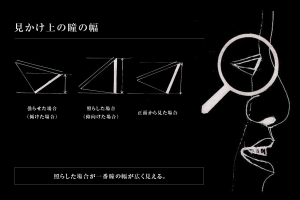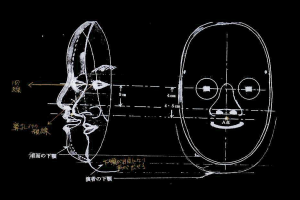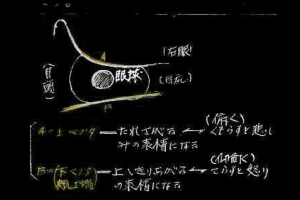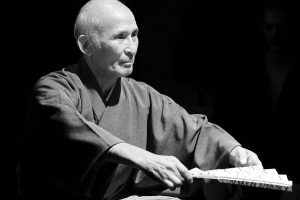World of Noh and Noh Masks.
The Subtleties of Function in Noh: 2
Why are Noh masks made so small?
Noh masks are made small so that the actor’s face, especially the lower jaw, protrudes from the mask. In addition, the eyes of the Noh masks are set lower than those of an adult. At first glance, the masks look like they should be meant for children. What kind of reasoning did the mask makers put into this design?
The gap between the line connecting the left and right pupils and the top of the nose is about three centimeters. This applies to the small and delicate masks like Koomote as well as large and intimidating masks like the Oobeshimi and Shishiguchi. By contrast, the distance between the line connecting the left and right pupils and the apex of the nose for humans is about 4 cm.
If you put the nose in the nose of the mask and the concave area behind the nostrils of the face, your eyes will be displaced by 1cm or more above the pupil of the face and you will not be able to see anything. If you put the tip of your nose into the hole at point A of the mask (See “Plan view of the back of Koomote”), the pupil of the mask and your pupil are aligned, and you can see in front of you.
Why is it so unnatural to wear it in this way? Why is it necessary to make such a mask?
It’s to ensure that the vision is as good as possible. By wearing the mask this way, the wearer can see not only through the pupils, but also through the nostrils of the mask by looking downward so they can see around their feet. This enables them to determine their position and the direction they need to go. Those who have practiced this technique for a long time will already know the width and narrowness of the stage. This is why the masks are made by opening the nostrils so that the performers can see their feet.
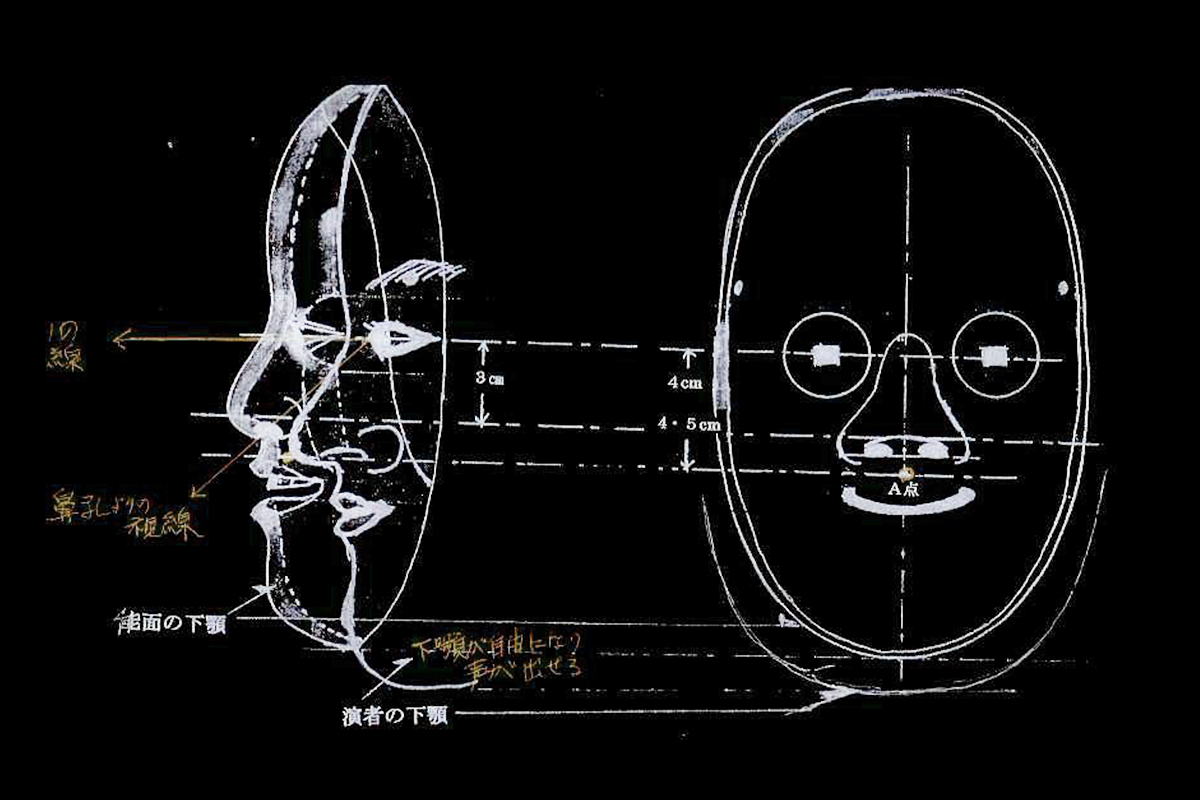
Additionally, this also makes breathing and speech easier. The mask used in ancient Chinese music and ancient art of Gigaku was called a “full-face” mask, and it was worn in a way that matched the face. In the Heian period, the back of the head was phased out but the mask is still large (about 30cm for these masks compared to 20cm for Noh masks) and the mask completely covers the chin. Performers have to free their lower jaw from the masks in order to vocalize.
